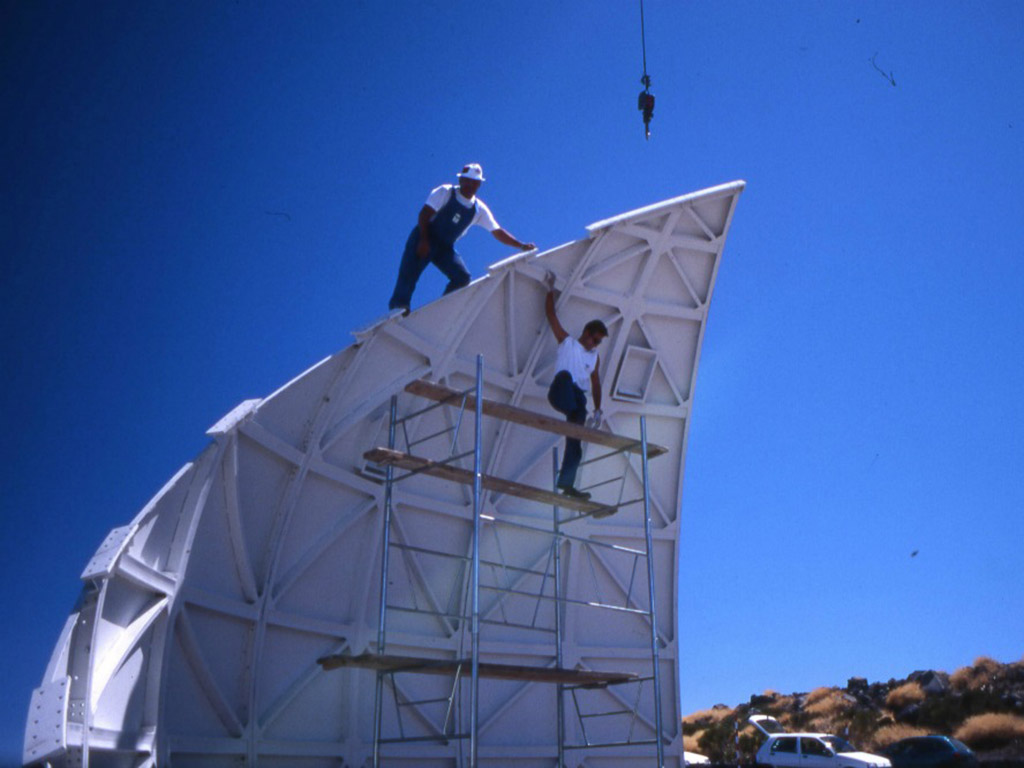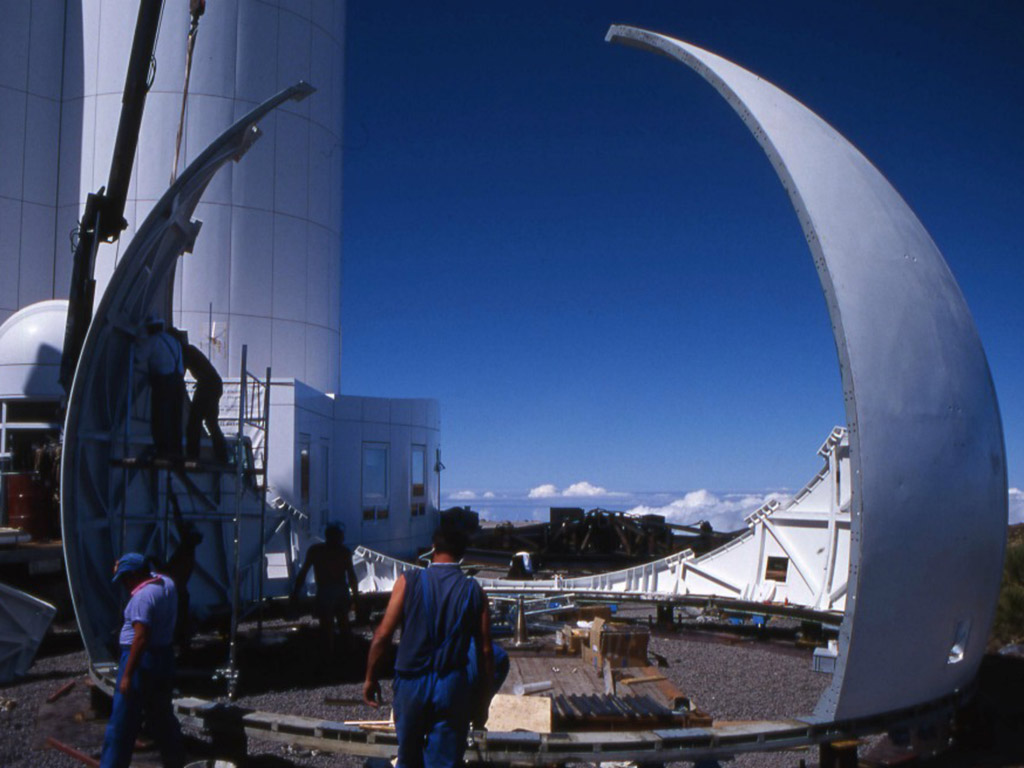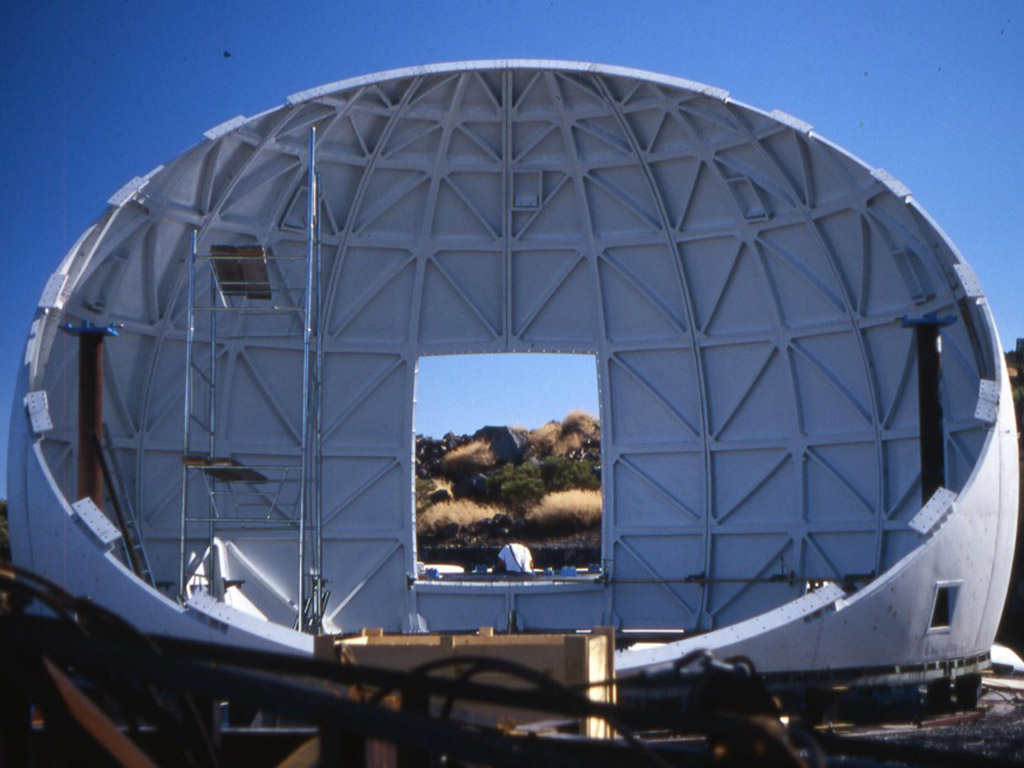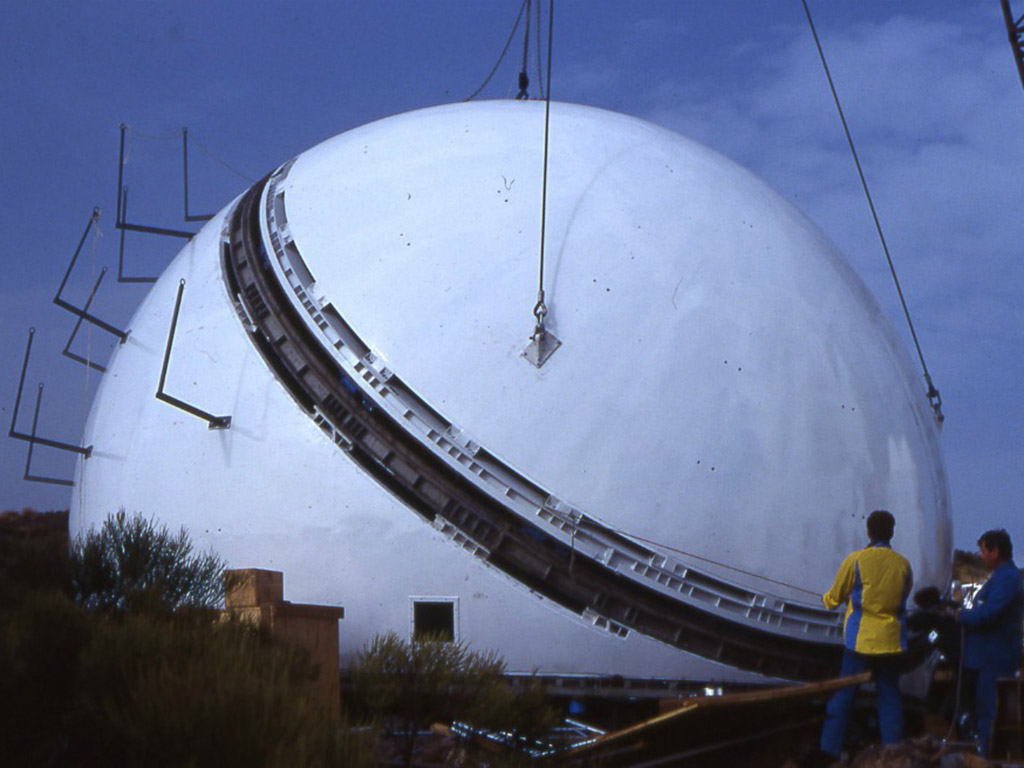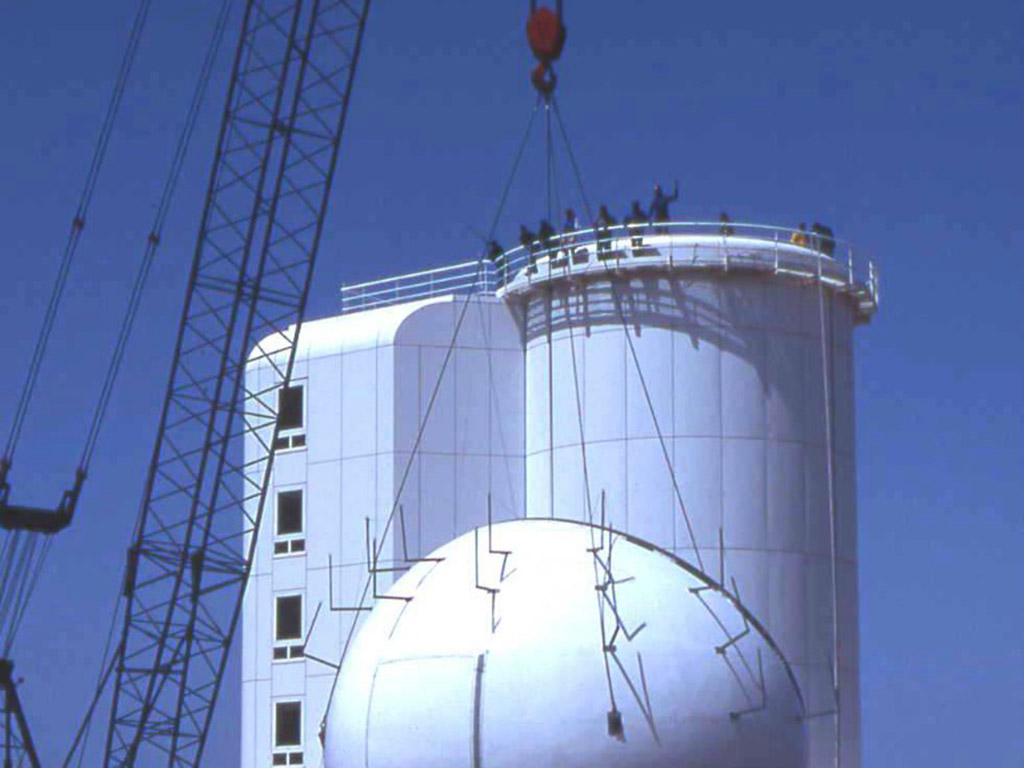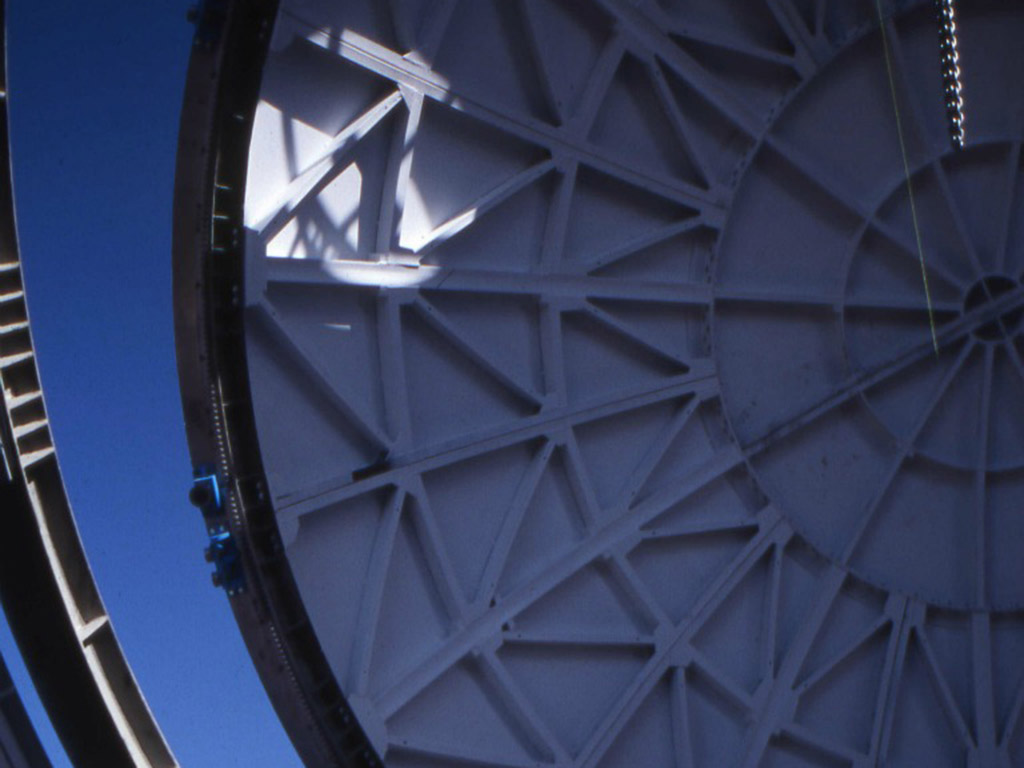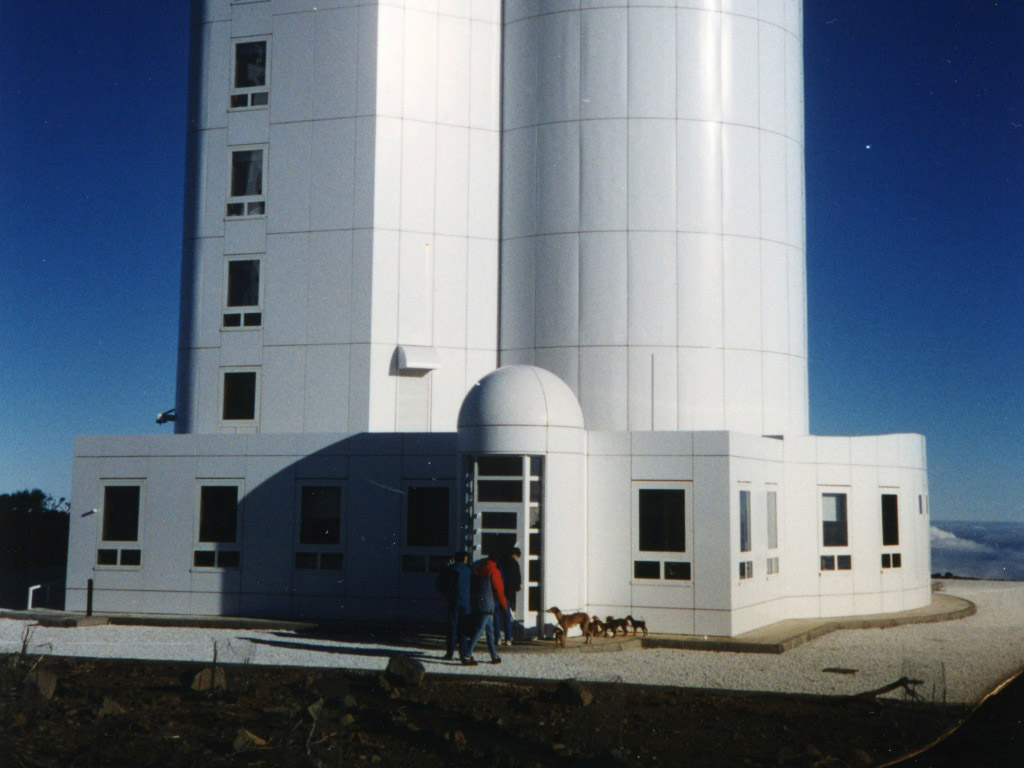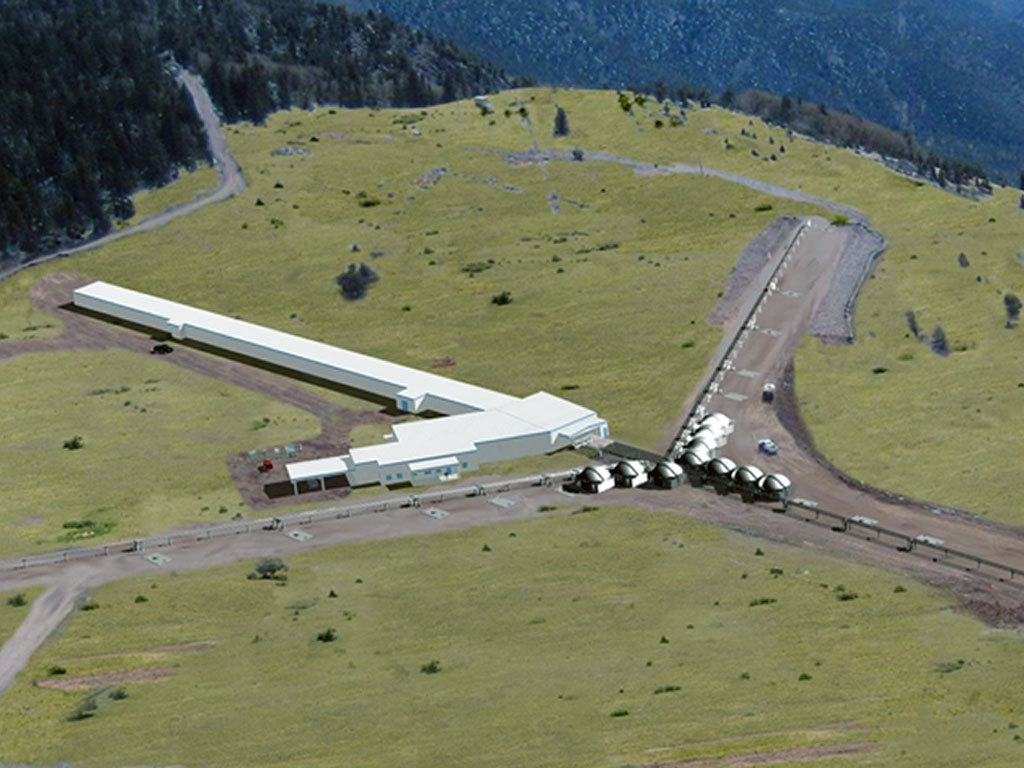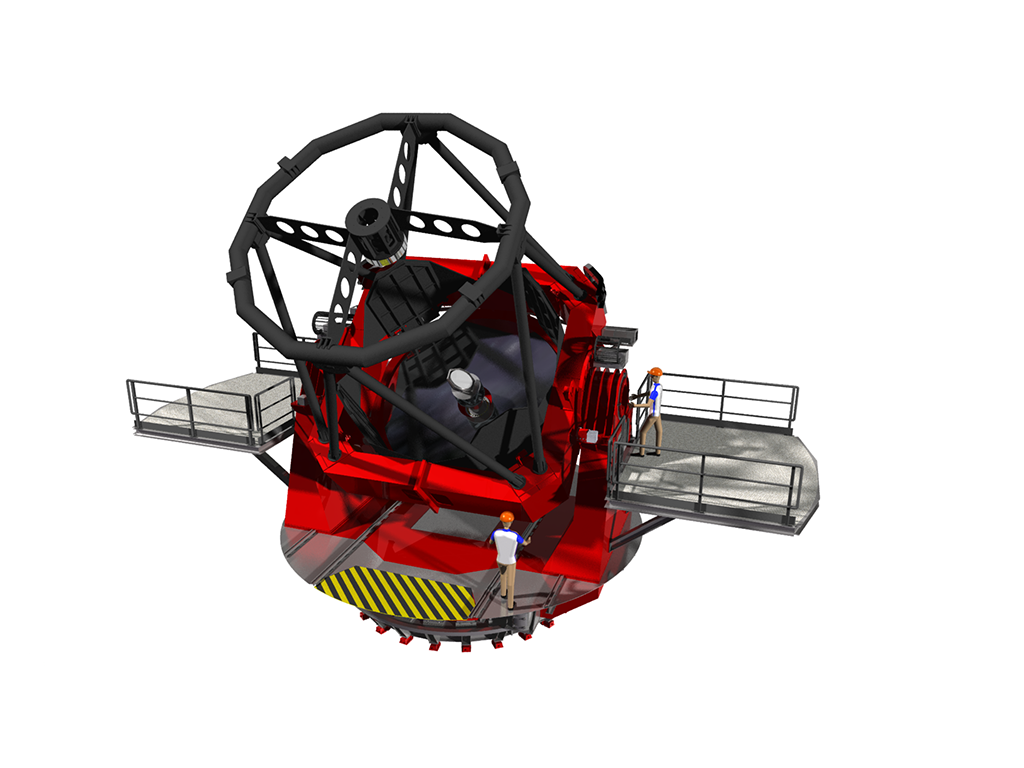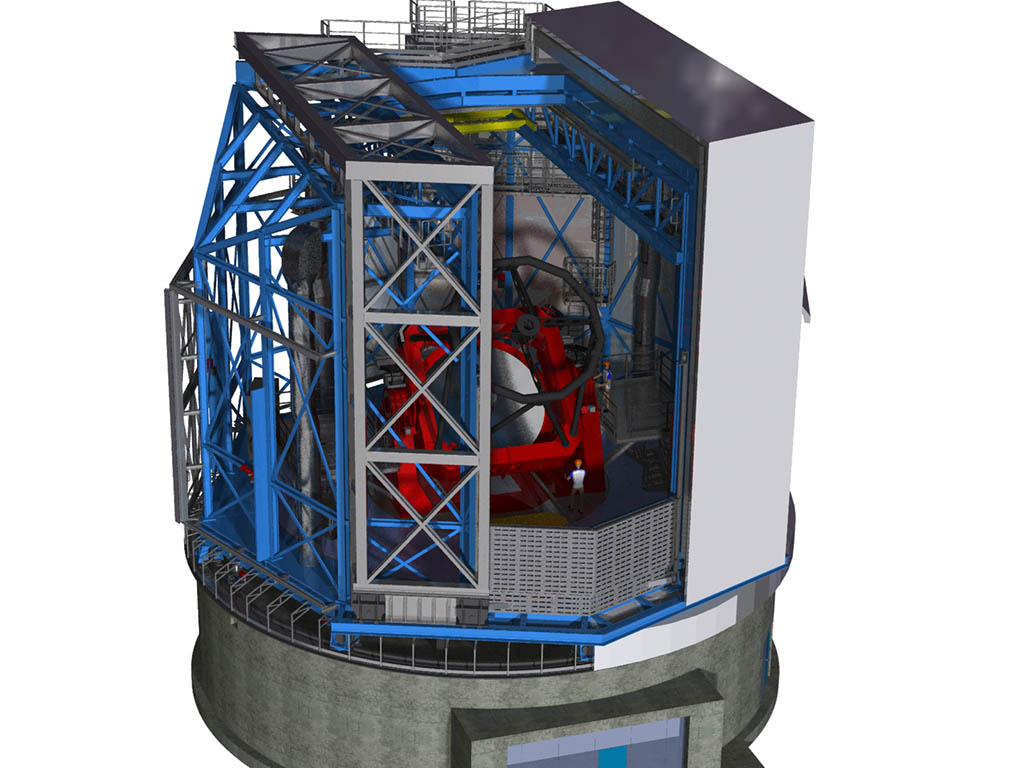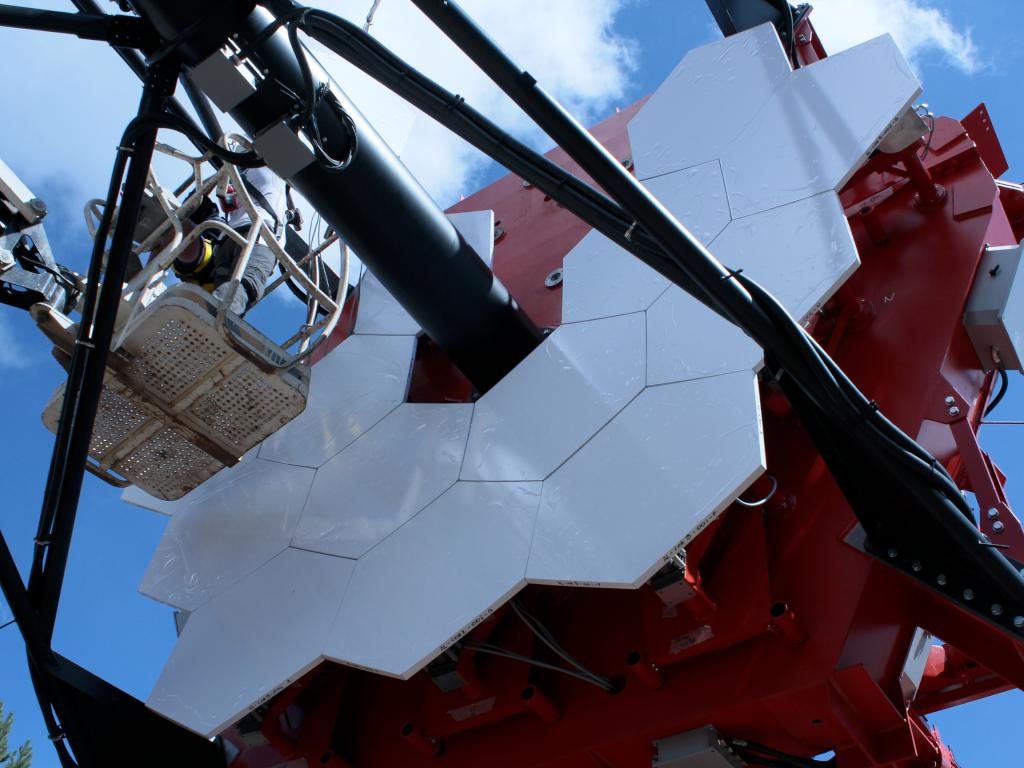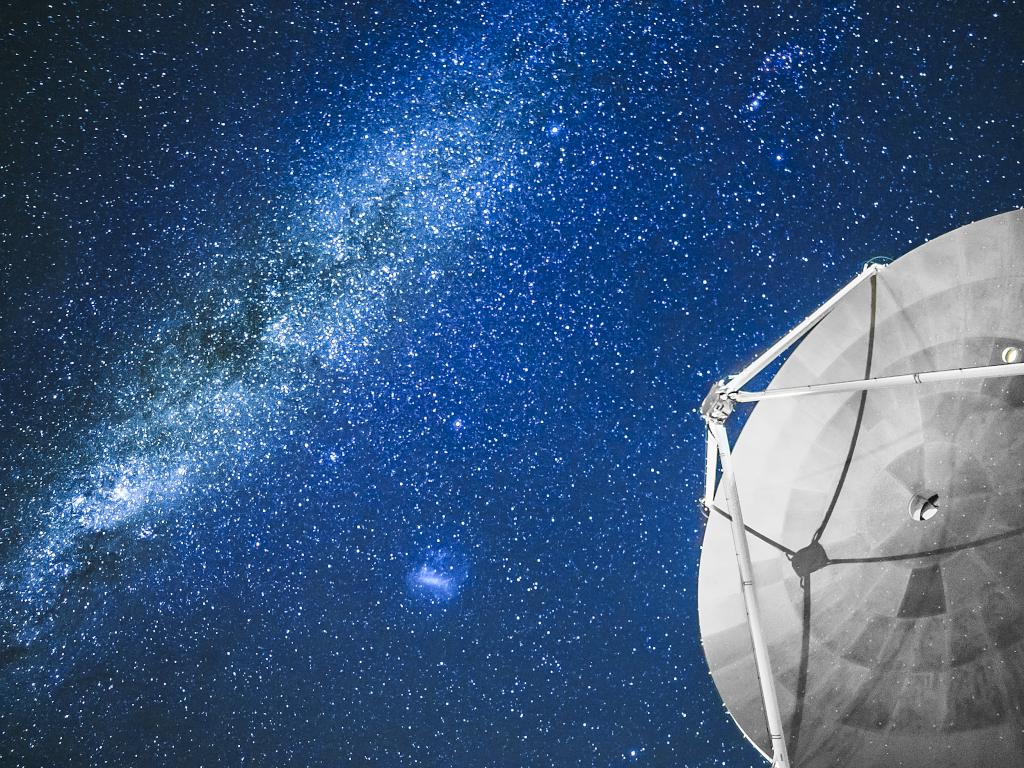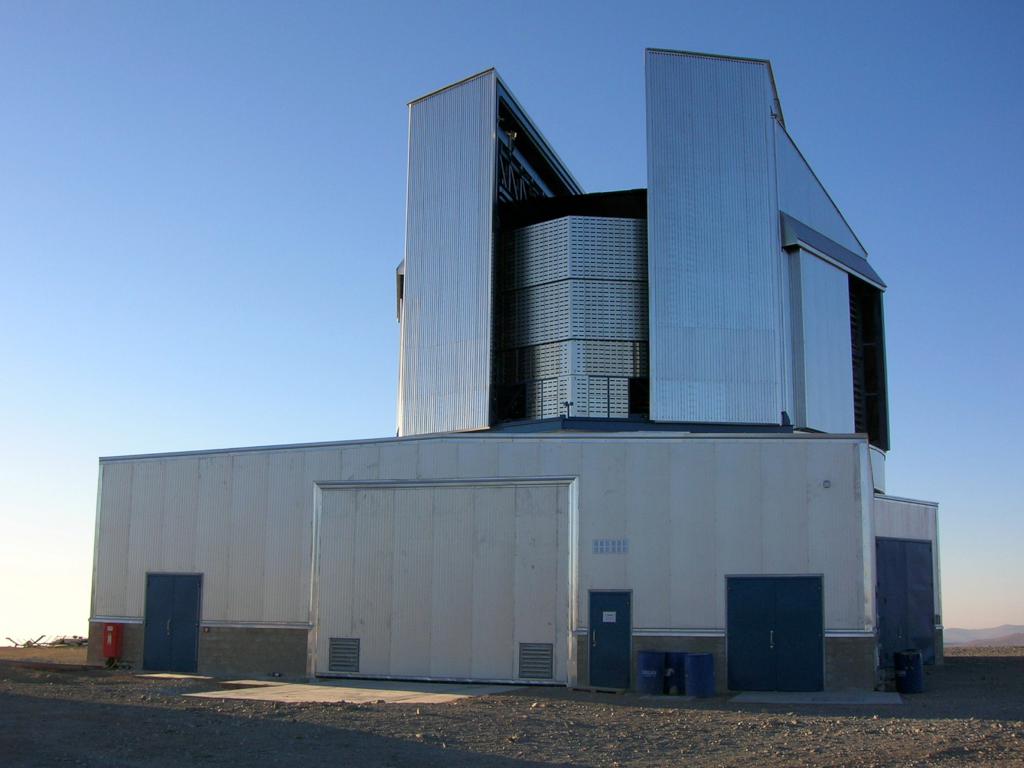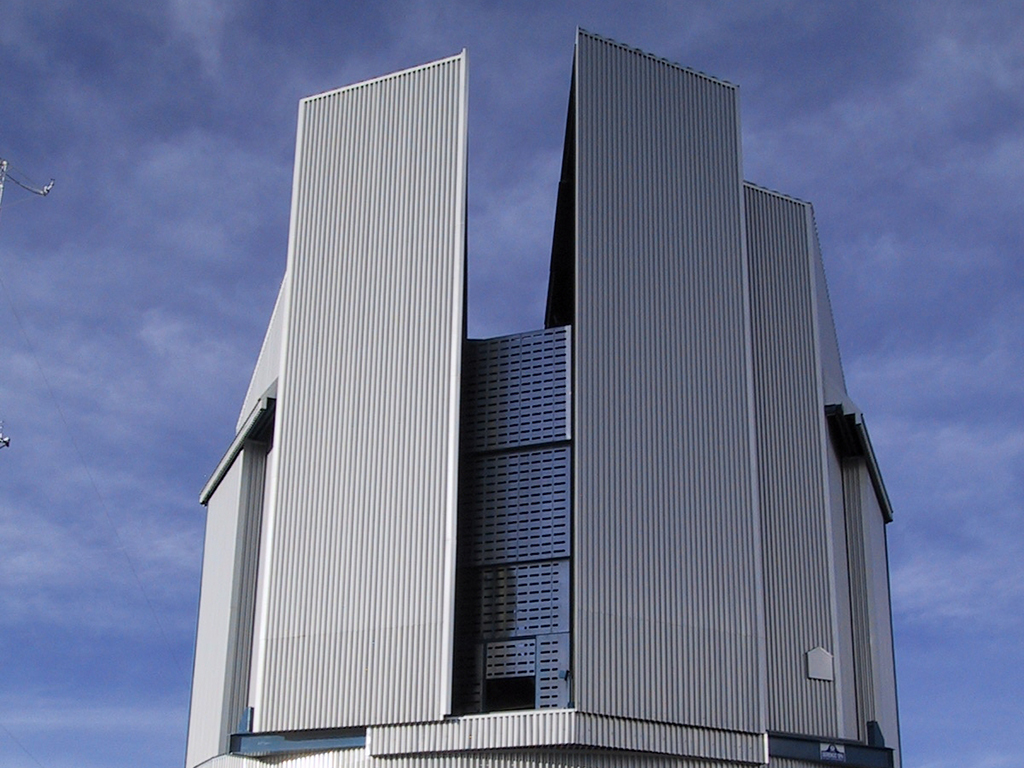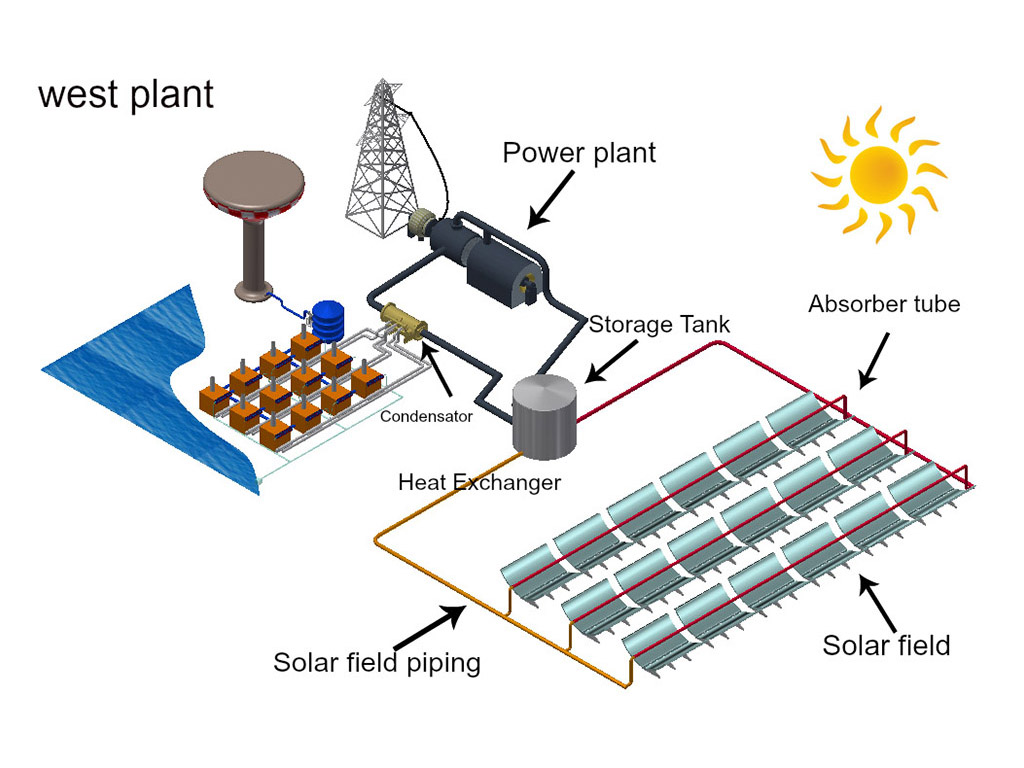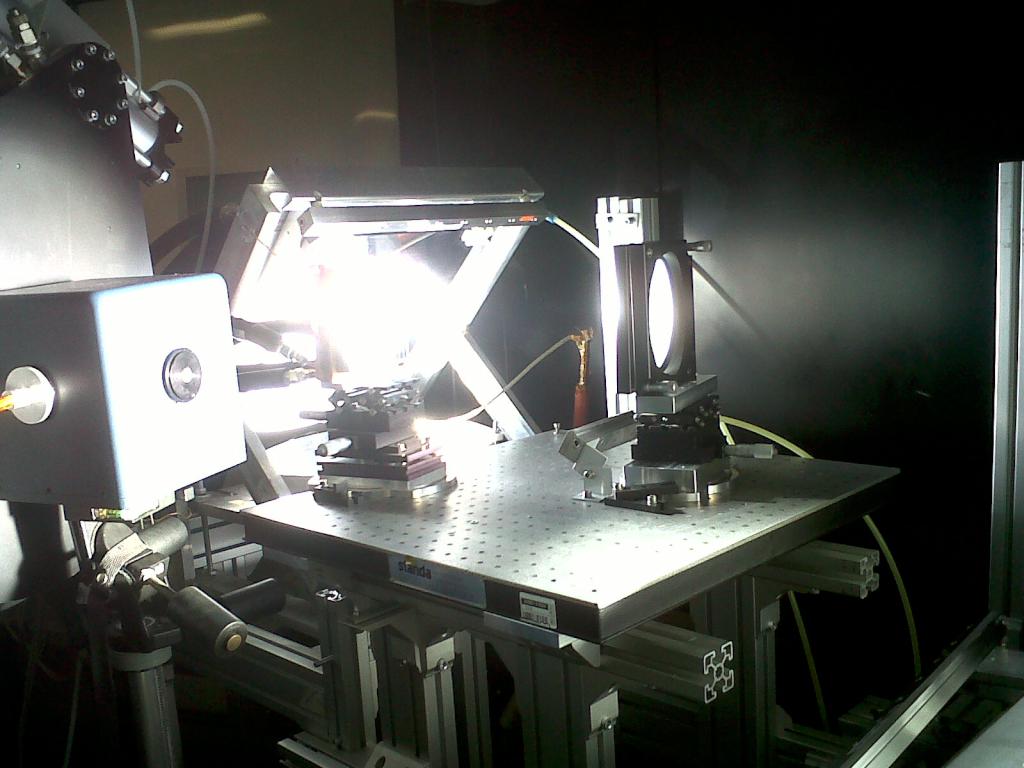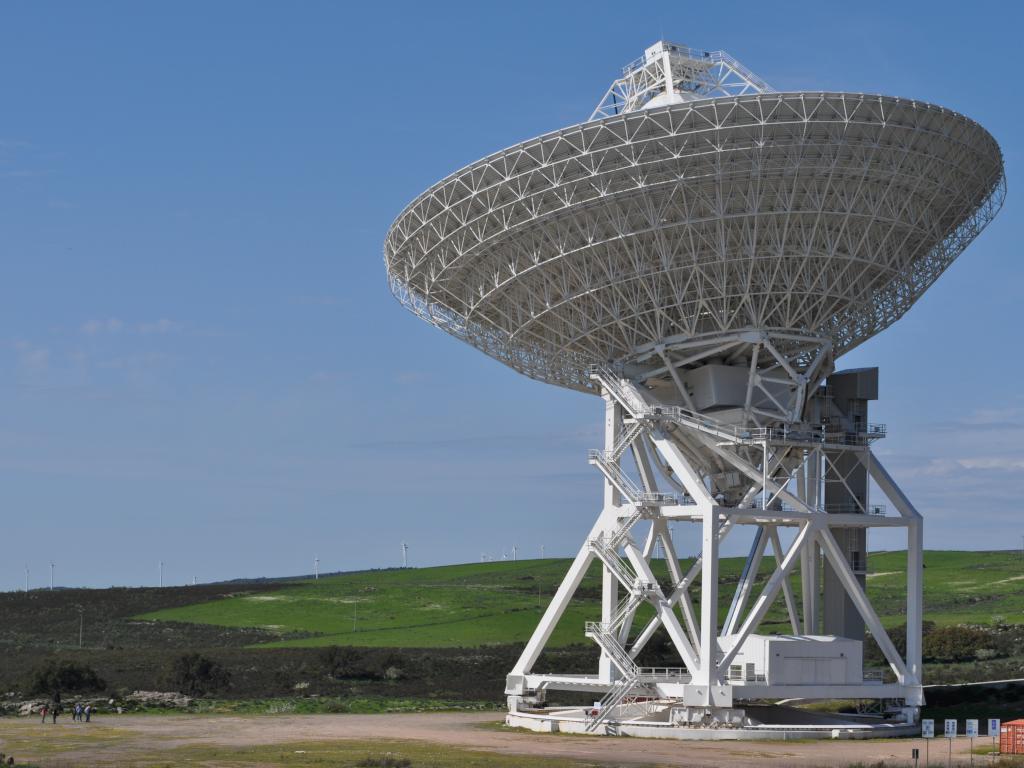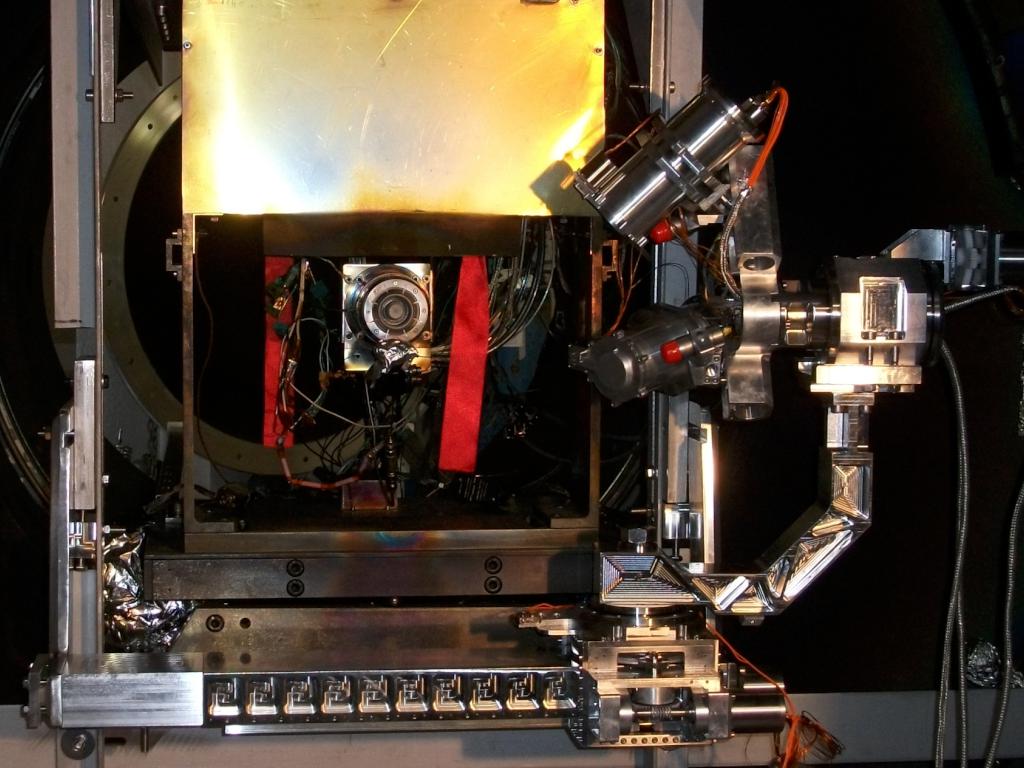THEMIS - Solar Telescope with Rotating Dome
Site: Izaña – Tenerife – Isole Canarie - Spagna
State: completato
Activities:
Detail Design, Manufacturing, Pre-Assembly in Europe, Packing &Transport, Erection on Site, Commissioning and Testing of Rotating Building
Date: 1993-1996
Client: CNRS/INSU (Francia) – INAF (Italia)
Category: astronomy
Credits: EIE GROUP
The THEMIS Rotating Dome
Overview:
THEMIS, the third biggest solar telescope in the world, is a joint operation between the French National Research Center (CNRS/INSU) and the Italian (INAF).
Located at Izaña, at 2400m of altitude in the Teide observatory, at the Canary Islands, THEMIS is one of the few facilities in the world for the simultaneous observation of the Sun at different wavelength, for the study of magnetic fields and other phenomena generating geomagnetic storms.
THEMIS is provided with a Ritchey-Chrétien 90cm diameter primary mirror, installed inside the upper part of a 22.5m long cylindrical tower. The frontal part of the telescope is closed by a sort of window which allows the telescope to be vacuum-sealed thus avoiding heavy temperature variations. A 9m diameter dome protects the instrument from the elements.
THEMIS has been designed and fabricated to measure the intensity and the direction of the solar magnetic field and one of its main features consists in the possibility to operate on different bands simultaneously.
Characteristics of the THEMIS Rotating Dome:
EIE was awarded the design and the erection of the 9.5m Rotating Dome which had to have specific characteristics like, obviously, protecting the telescope from the winds, the rain and the snow and solar erosion.
The Dome has a spherical shape and it is divided into two parts: the rotating dome which rotates around the azimuth axis (dome lower part) and the rotating cap (the dome upper part) which rotates around the pseudo elevation axis with an inclination of 45 deg.
The rotating cap is provided with an aperture for the telescope observations. The combination of the azimuth and pseudo elevation rotations allows the aperture to follow the movements of the telescope with extreme precision.
EIE has developed a system of mechanisms which allow the movements of the rotating dome, while the building insulation is guaranteed by thermo-acoustic insulating panels, plus aluminum perforated sheets.
The Dome housing the telescope has been provided with:
• Azimuth and Elevation inflatable seals;
• Azimuth and Elevation Encoders;
• Azimuth Cable Drape
• Azimuth Locking Pin
• Lightning System
• Air circulation System
• Control system
Science with THEMIS:
THEMIS is a powerful solar telescope for spectro-polarimetry and the scientists can make the following observations:
• Flare studies, or, the study of a sudden burst of magnetic energy.
• Studies related to the magnetic structures of the coronal layer.
• Measuring of the magnetic fields
• Studies concerning the interplanetary magnetic fields
• Solar-Terrestrial relationships: study of the possible connections with the solar activity cycles.
• Studies relevant to the coronal heating.
The Sun works as an enormous natural laboratory and the studies of the solar magnetism and the impacts on the Earth has allowed important steps forward in the fields of astrophysics, atomic and molecular Physics.
The energy the Sun releases in a second is equal to that released by a million of atomic bombs.
This energy get formed on the Sun through a process of nuclear fusion and being able to control it means that the future generations, will be able to live on it.
Among the many studies made with THEMIS, one consists in the simultaneous measurement of two properties of the light: the Color and the Polarization. Both depend on temperature, on the density of the chemical composition, on the movement and on the magnetic fields of the region observed.
Thanks to instruments like the Spectrograph and the Polarization Analyzer inside THEMIS it has been possible to observe a multitude of colors and polarizations which have allowed the understanding of the magnetic fields and the dynamics of the visible surface of the Sun: the Photosphere and the Chromosphere.
The potential return of these researches are everything but negligible: The geomagnetic storms investing the atmosphere produce spectacular phenomena, like aurora borealis, but also, heavy consequences on the quality of our radio and telecommunications, or on the outer space, where solar particles storms can compromise the functioning of space stations and astronauts safety when out on their missions outside their vehicles.
Link to the Official THEMIS web page
